Precious and semi-precious stones in the great majority are heated at high temperatures. Or subjected to radiation. That’s why ♦
If precious stones warm your heart it is perhaps because they in turn have been warmed. Not from your gaze, but from an electric oven that can reach 1600 degrees, or with a simple fire treatment carried out immediately after the extraction of the gems from the underground. The heat treatment of precious and semi-precious stones is known to jewelers and gemologists, but little known to the general public, who purchase the jewels that display deep red rubies, deep blue sapphires, light blue and transparent aquamarines. In reality, the precious stones used in jewelery as they were extracted in nature are a small minority: most end up in the oven, without the intervention of a chef. Let’s see, therefore, what the heat treatment of gems consists of.
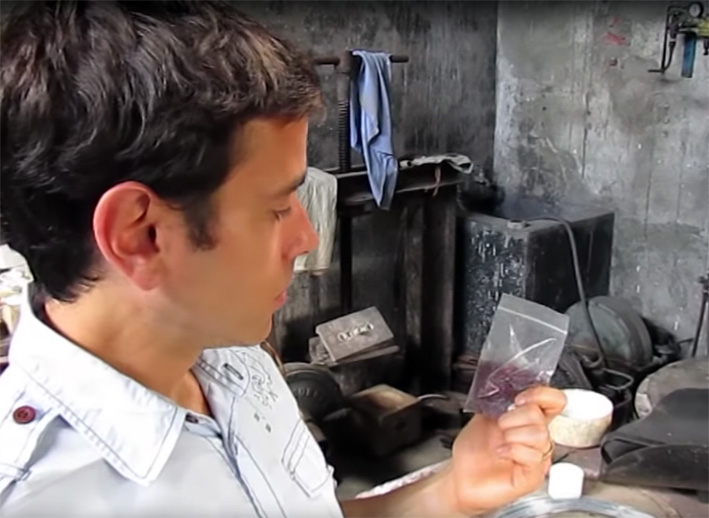
Warm color
The stones are heated above all to bring out their colors. During the treatment the stone is heated to very high temperatures (up to approximately 1600 degrees Celsius). At this temperature the inclusions (the small amounts of other minerals) in the stone melt and add their color to the stone. Usually, therefore, the heated stone becomes darker, of a more intense shade. This is the case, for example, of rutile in blue sapphires. There are also sapphires, known as Gouda, which are mined from the earth with a milky white color and sapphires that only turn blue when heated. Rubies are also almost always heated (with rare exceptions): in this case with the heat the aluminum oxide in the stone, which is a corundum like sapphire, creates a new crystalline structure. With a high temperature the chromium inside a ruby combines differently, allowing for a better red color tone. Another effect of heat is that it can improve the transparency of the stone, thanks to the destruction of gases or microscopic fluid inclusions found inside.
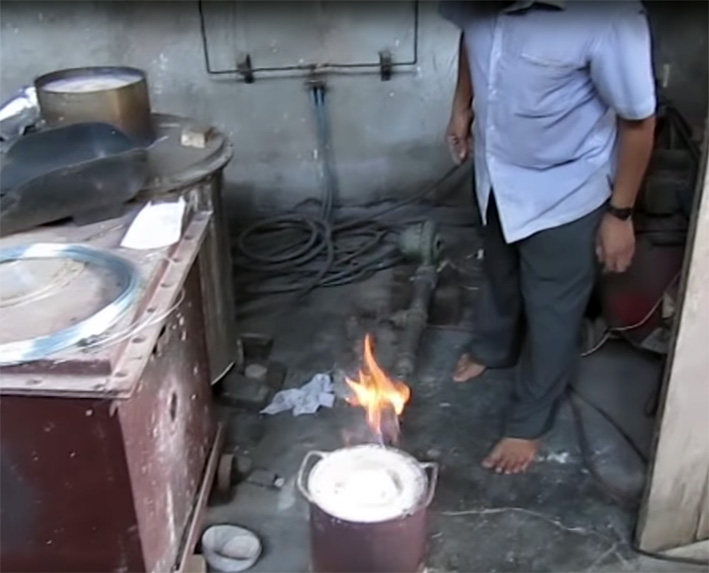
How to find them
Do you have a ring with a natural stone or heated? The question should be: what does it matter? But if you are curious to know, you must contact a gemologist with a microscope. And even so will not be easy to find out. The gemologists, however, can examine the internal state of the stone, inclusions, and look for signs of heat treatment. In general, if the stone is perfect or has exceptional value, or has been treated.
What stones are heated
Here the stones more easily end up in the oven: amethyst, citrine, ametrine, aquamarine, tourmaline, topaz, sapphire, ruby, tanzanite, blue zircon.
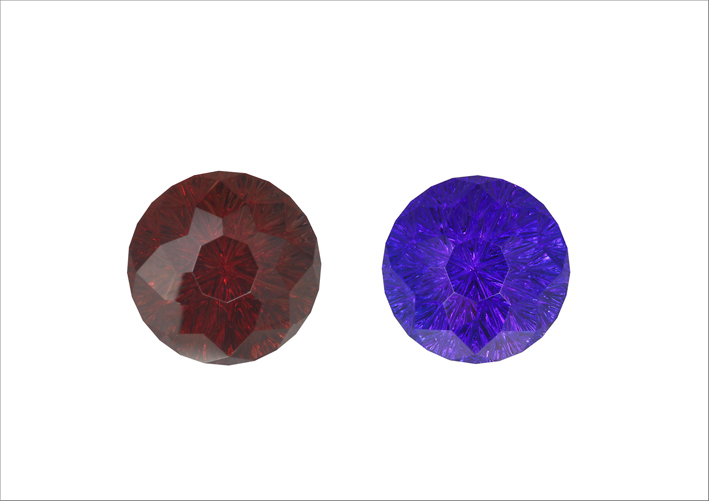
Irradiation
In addition to being heated, precious and semi-precious stones can be subjected to radiation. The question is: are they dangerous then? No, no problem: they are under strict control, just like when you go to the hospital for a chest screen. And, in any case, before leaving the laboratory the stones are checked to ensure that they do not emit dangerous radiation. After all, many gems are naturally subjected to radiation when underground. The irradiation that takes place in the laboratory serves to strengthen or change the color. A stone often subjected to radiation is blue topaz, which in nature is found with a very light shade. Often the two treatments, the thermal and the radioactive one, are combined: each one manages to improve a different aspect of the stone.
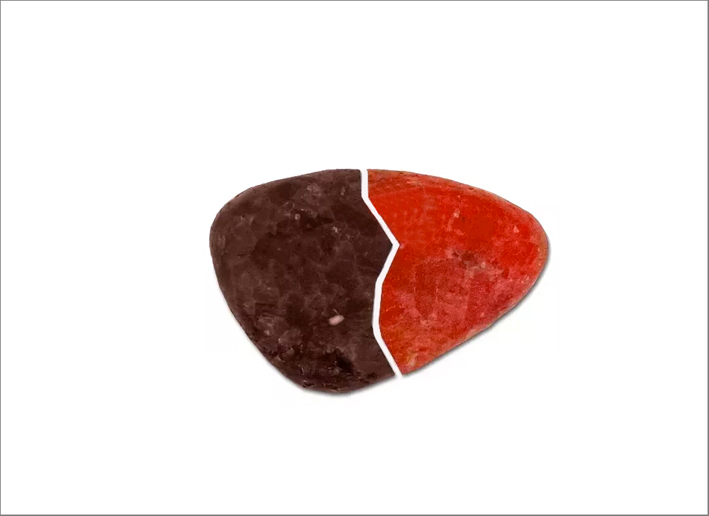
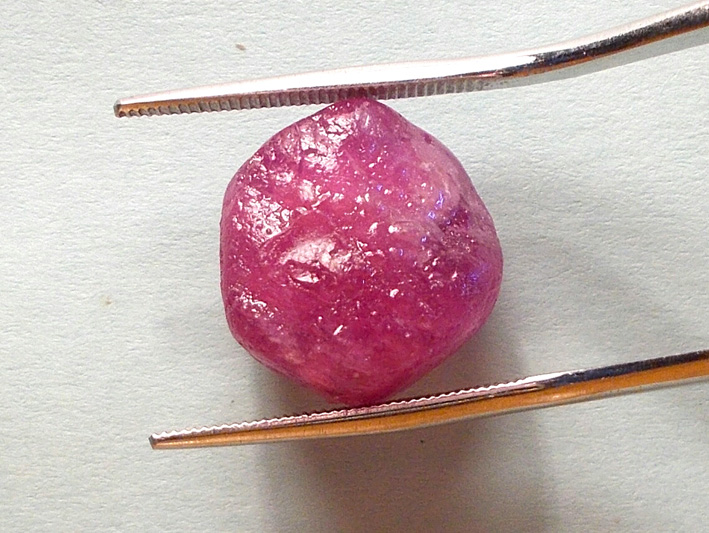
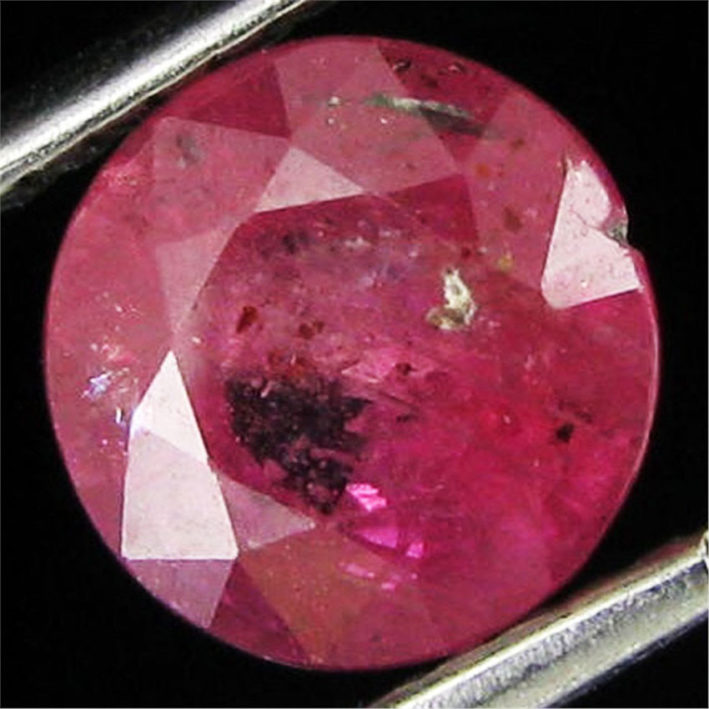







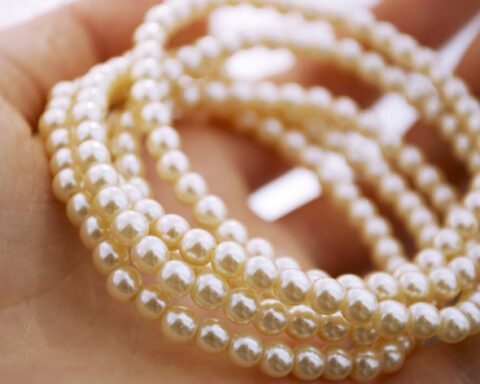
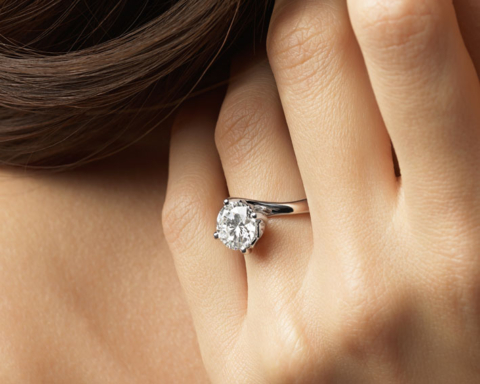
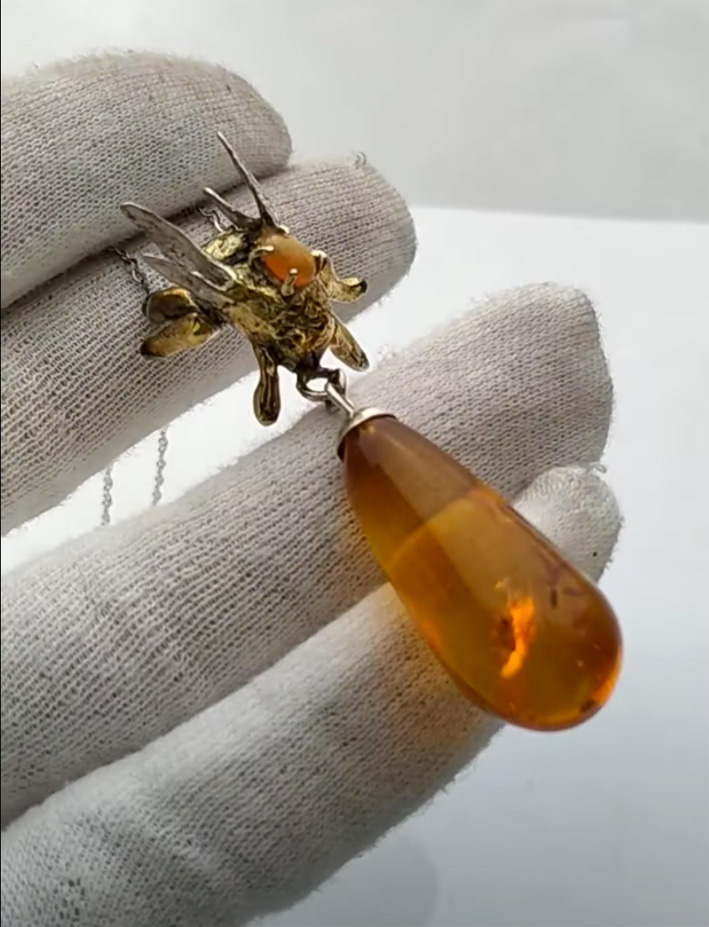
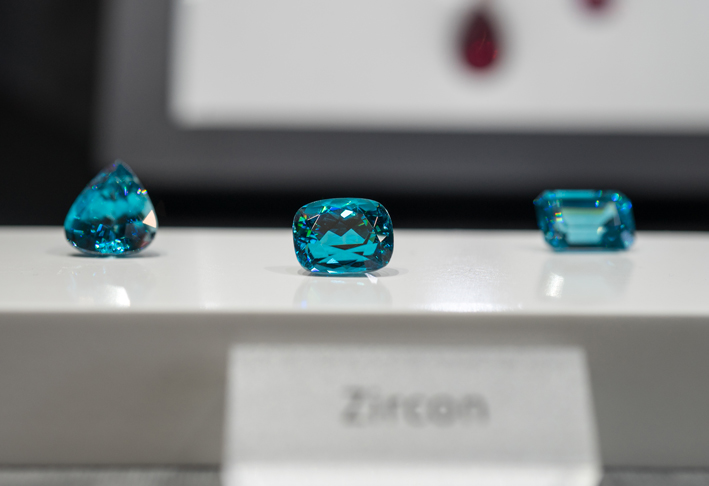

hello, do you know a heat treatment service provider for raw gemstones, such as ruby, particularly in canada?
Hi Mederic, unfortunately no, sorry